Last night Hulu continued their partnership with Facebook to allow people to watch the premiere of highly anticipated Fall TV shows such as Heroes and The Office with their Facebook friends through a "social TV" app. With this latest effort, they are trying to popularize a concept that has been talked about among the techno-elite for some time … the idea that people could watch programming in a live stream online with friends and have a real time conversation about it as it was happening. In preparation for this blog post, I was all set to register for the event on Facebook and login at 8pm to watch the premiere of The Simpsons with any of my Facebook contacts who happen to be also watching it live.
Unfortunately, that plan failed. My personal failure, however, offers a glimpse for marketers into what the true potential of social TV might be – and why there is so much skepticism and debate about whether it constitutes a real revolution in the world of entertainment, or is just another solution for a nonexistent problem by an industry increasingly desperate to find new revenue models.
The objections to the idea of social TV usually fall into three categories:
- Time: In our time-shifted culture, people will never watch a program at a scheduled time or live (except sports).
- Quality: Most people will choose not to watch TV on a computer instead of a big screen unless it is a last resort.
- Motivation: When I am watching something on TV, I don't want to comment or listen/read others commenting either.
In part, a combination of these factors led to my own failure to have a social TV experience around The Simpsons premiere last night too. I was putting the kids to bed at 8pm, and when I did watch the show on the DVR later last night – I had no desire to comment online about it or watch it with anyone but my wife at home.
You could easily conclude from my description above that I'm not a believer in the promise of Social TV. Actually, that's far from the truth. Despite these shortcomings, I think there are some very real and very interesting ways that this concept of Social TV could be applied to marketing, as well as used as a real time feedback channel to improve/optimize programming. Here are a few:
- Track the conversations about programming in real time to understand where the best audience response is and inform future scriptwriting.
- Offer another way for the most avid fans of a particular show to engage in their passion and potentially integrate the actors of a show into this live stream for an added "VIP" experience.
- Create a new category of interaction centered around TV – such as "virtual date nights" where couples separated by distance can still watch the shows they love together.
- Build more interactive advertising into the programming so that watchers can interact with and discuss ads just as they might discuss the show – offering more engagement and feedback to advertisers.
For most brand marketers, it is this last category that may present the most interesting opportunity around social TV. After all, if you can get people to engage in a real time discussion around the programming as they are experiencing it – extending that to the advertising alongside that programming shouldn't be too far behind.


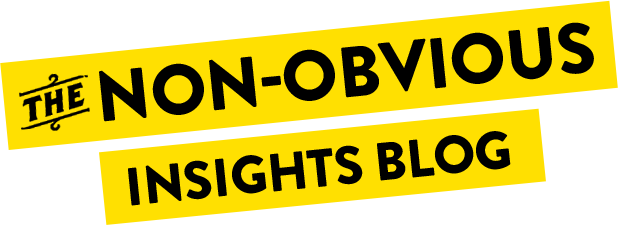




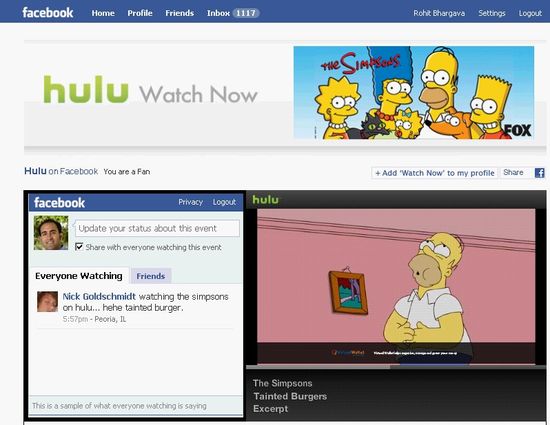
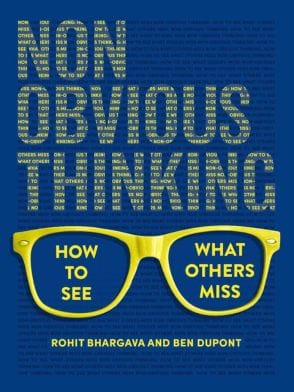

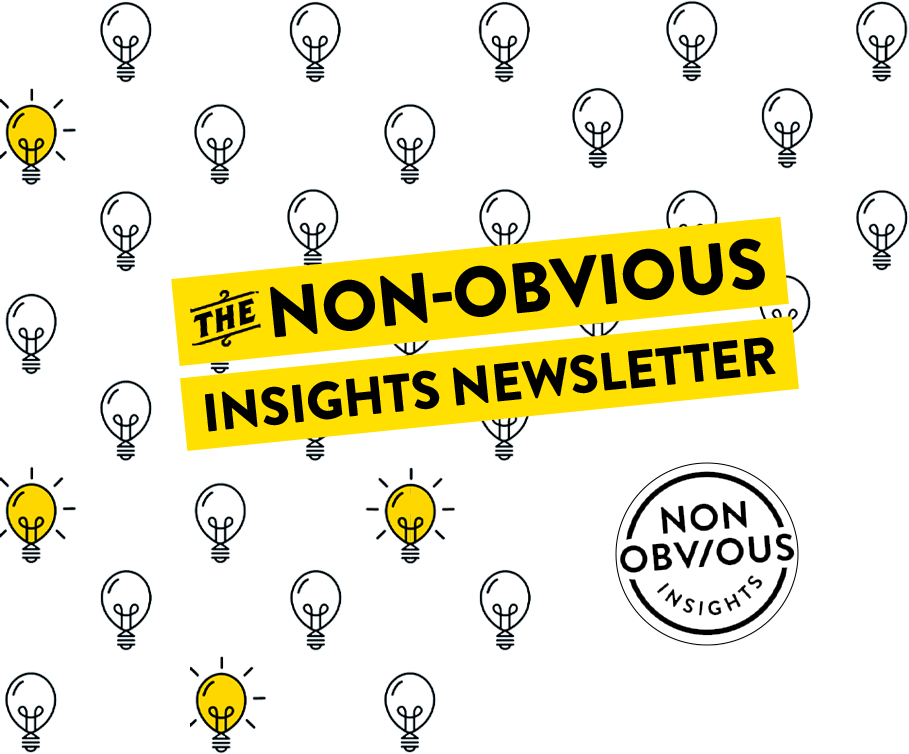



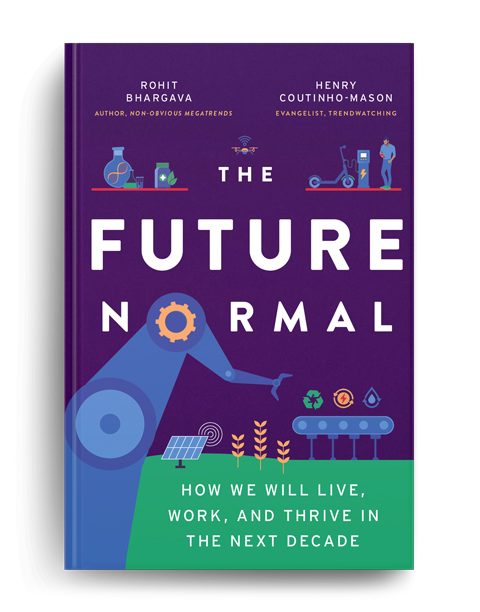
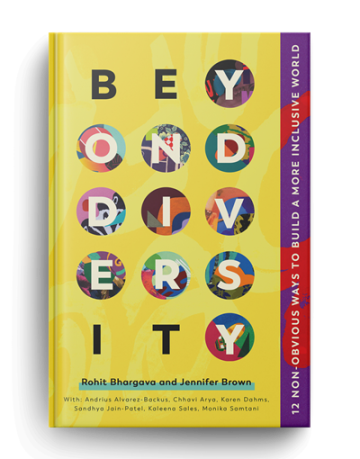
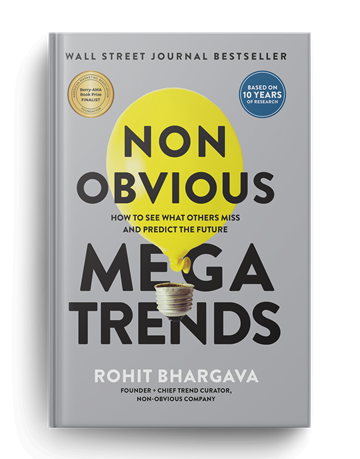
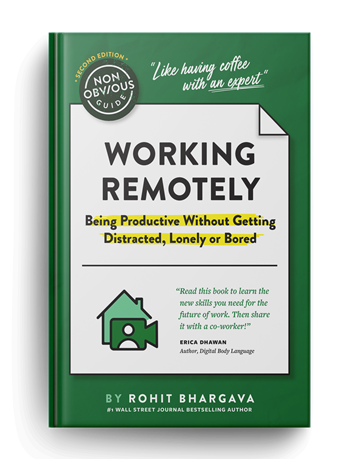


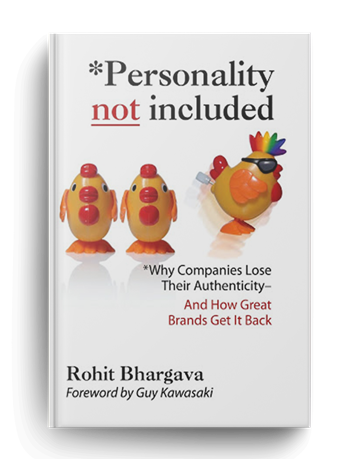
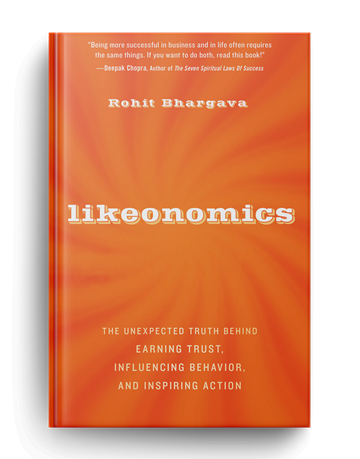

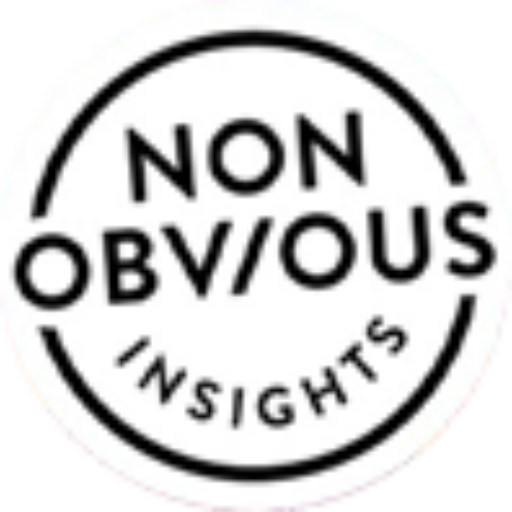
Rohit,
I’ve worked on a couple co-viewing and social tv apps. There’s another potential use for social tv, and that is to engage with the show in realtime. Live reality shows or live reporting, for example, which is already in its infant form as seen in some shows that take user emails and use them on the air.
The space is a real challenge for the reasons you describe. Even if you want to, it does take more attention and involvement to watch and type at the same time. And the value add is low, generally. But that’s another reason to look at gestural participation: a game layer on top of the show; use of speech bubbles that can be tweeted into and which float over characters’ heads. … A company could capture interactions like this and even re-air a show with “best of” user commentary.
Social viewing, as with Fbook friends, might then be something different than co-viewing. Why not embed product placements in both the program and the feed? Measure results for a look at the social graph distribution of active viewers. There could be much more if programs offered easter eggs tied to online participation. The model here would not be talk, or even gesture, but social gaming.
Content providers need to think more socially, and try less hard to get more attention to their content. Viewers and users dont wan to talk about it — they want to talk to each other. The content creators just need to think differently, and they’ll then see how to get into the conversation without trying to be at the center of it.
cheers,
adrian
I came to your blog just when I was surfing on this topic. I am happy that I found your blog and information I wanted.
Hi, Rohit. Enjoyed this post.
I think I recall only one other time that I enjoyed being distracted in real time from my primary task/activity of watching a broadcast.
Like sporting events, any example of some historic event unfolding in real-time is viable for social TV. CNN did a big Facebook Connect-enabled Web broadcast for Obama’s speech on election night and then later for his inauguration.
So perhaps content that is most appropriate for social broadcasts is that which is 1) occurring in real-time and has some historic import (like sports, major news, etc) and 2) that consumers care to see it in real time.
Hulu is a great website to look up any possible show you could think of. However, for my experience I only use it for shows I have missed or want to watch again. I also will look up SNL skits that I have heard about from people. I personally would rather watch a show with people sitting right next to me than on Facebook. It seems like it is a good feature for people that don’t own a TV or maybe don’t have cable. This would also be useful for those who travel and still want to watch a show with their friends or family members. Even with these people logging in to watch, I don’t see this becoming very big.
That is great. Thank you for sharing.
Wow. Cool. Thanks.
Oh. That is good.
Wow. Great. Thanks.
Wow. Great. Thanks.
Good. Thanks..
Good. Thanks..
Oh..Great..Cool.
Great Great.
Good. Good.
Good. Good.
Good. Thanks….
That is great. Thank you for sharing…..
I thought the whole point of HULU was to consume TV when I wanted to and NOT have to wait for real time.
I can share on the phone or IM friends about what I saw.
No one using HULU wants to be tied to live TV and almost everyone ( ALMOST_ I have good friends who do NOT have a TV) has a TV, so why come watch it on my computer, when I have a big screen?
Dr. Letitia Wright
The Wright Place TV Show
https://wrightplacetv.com
http://www.twitter.com/drwright1